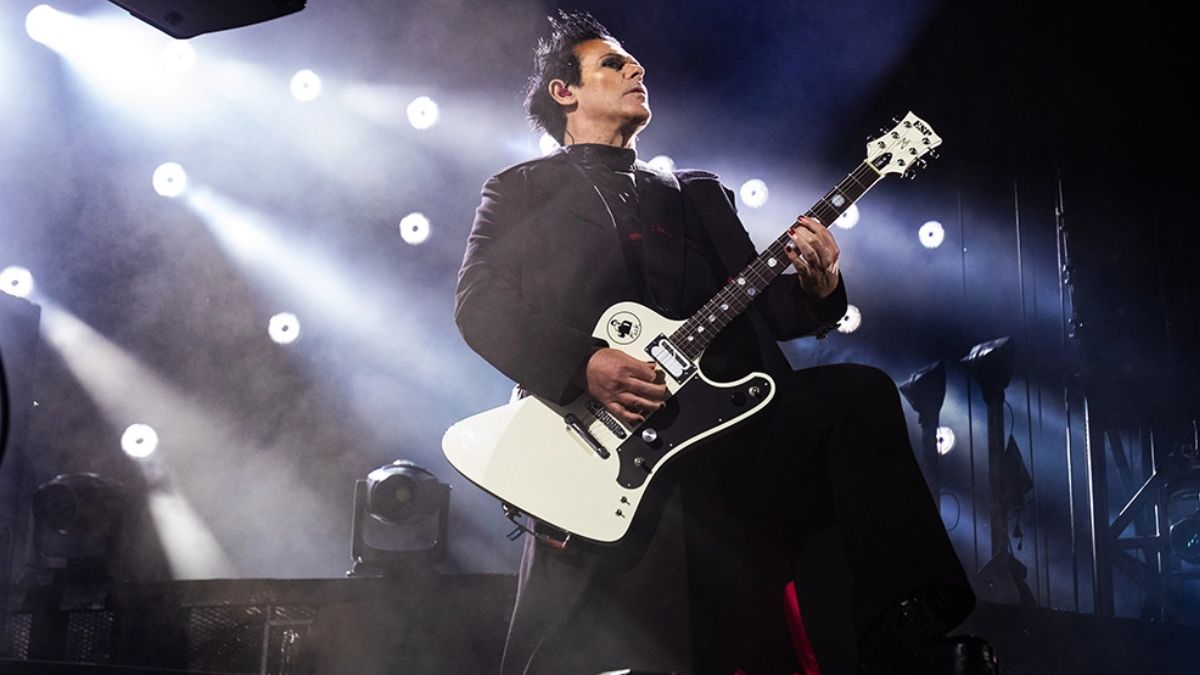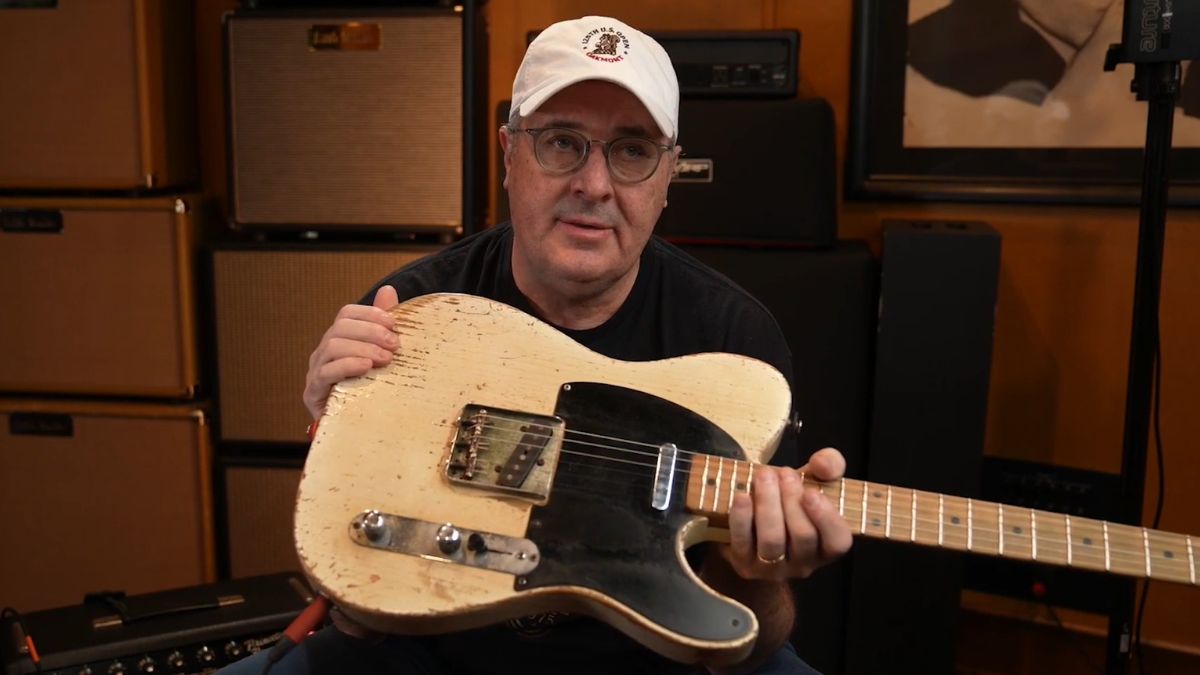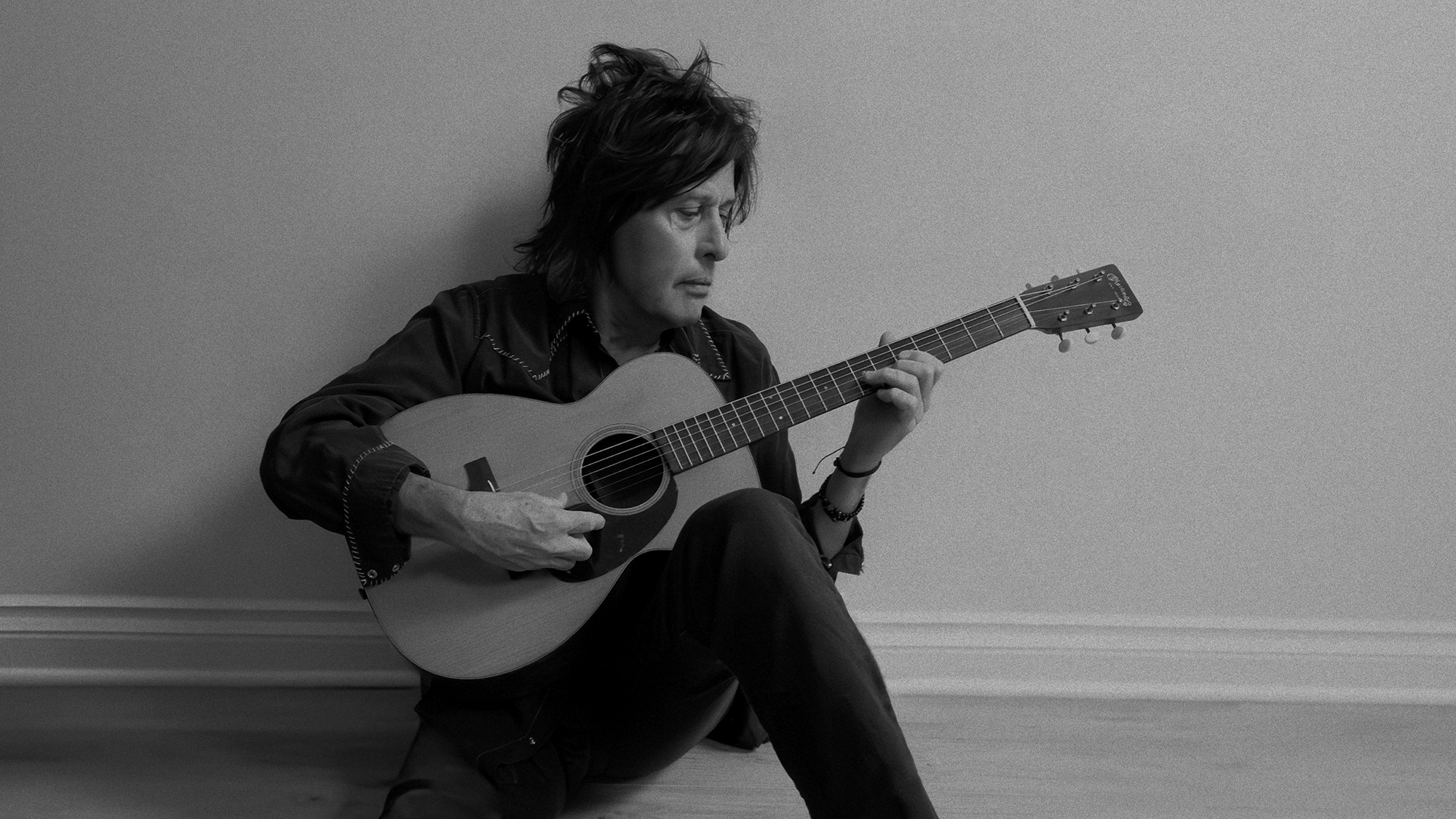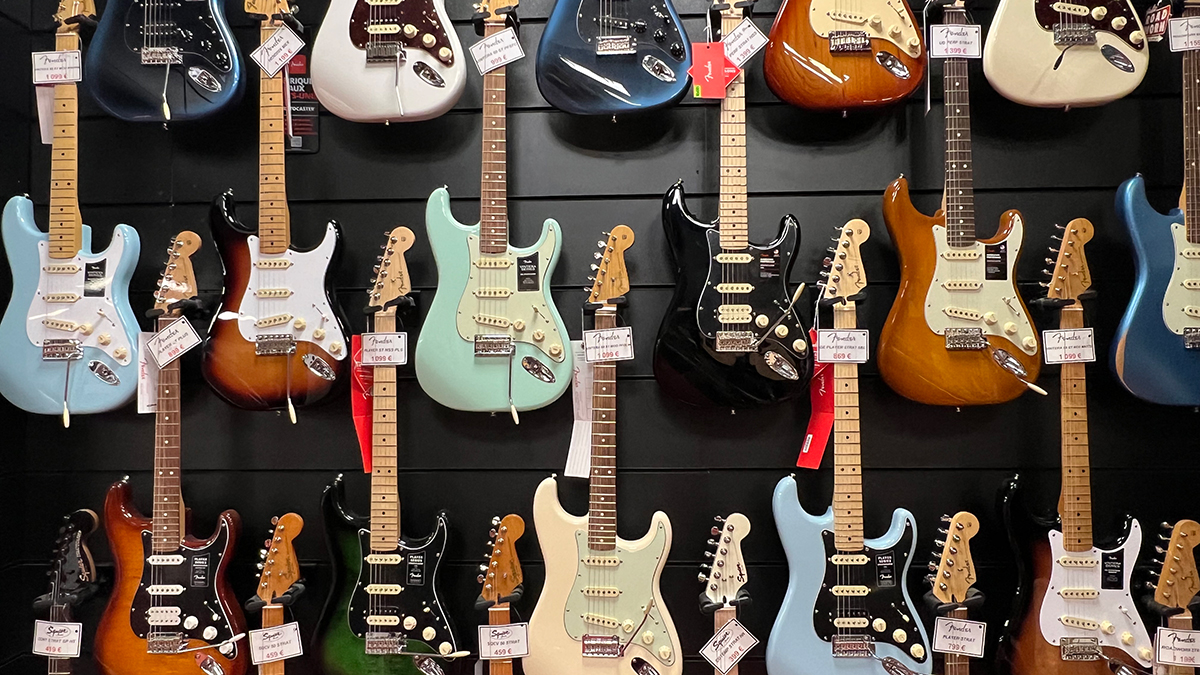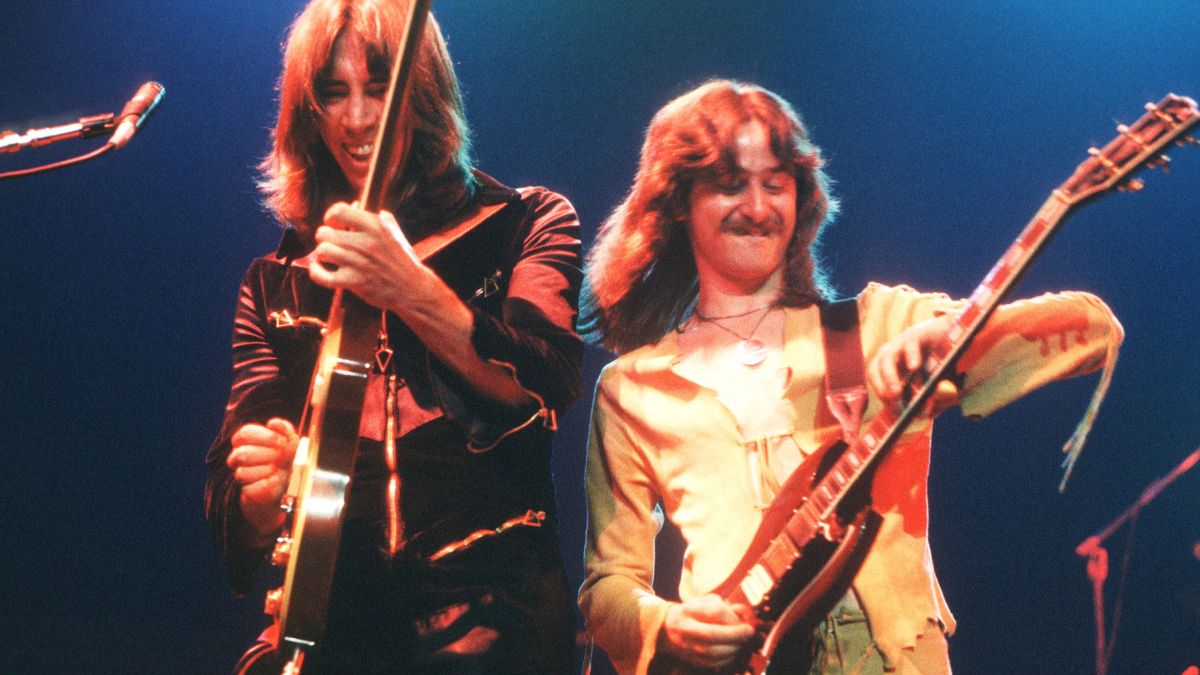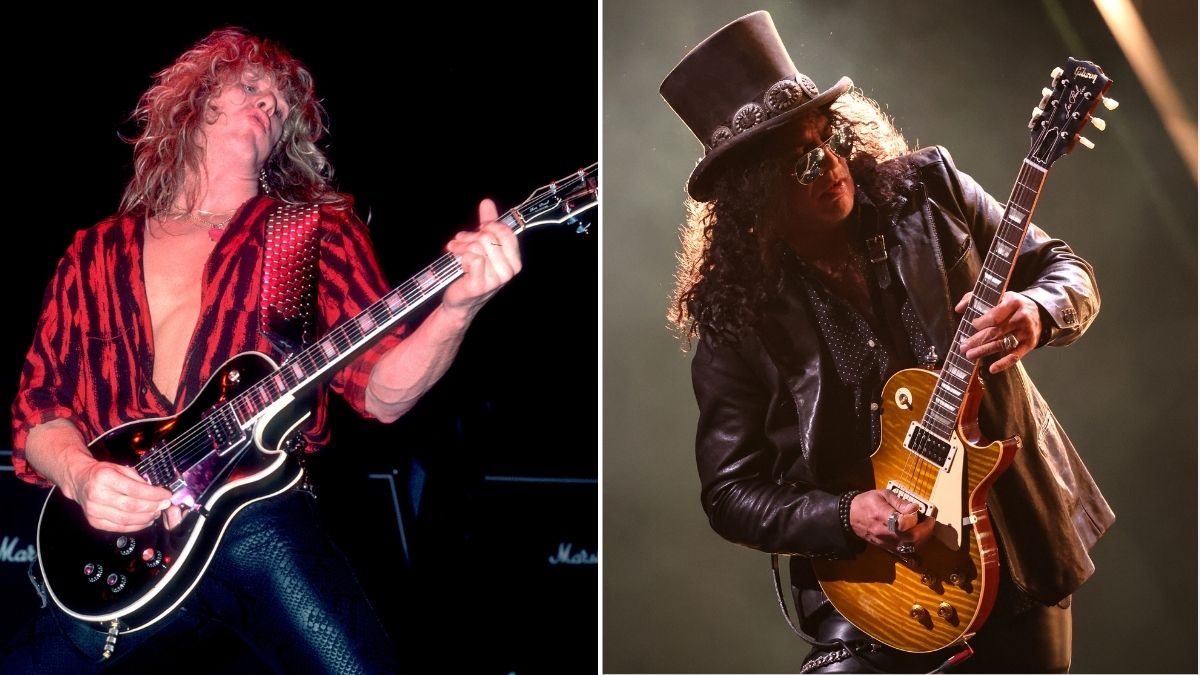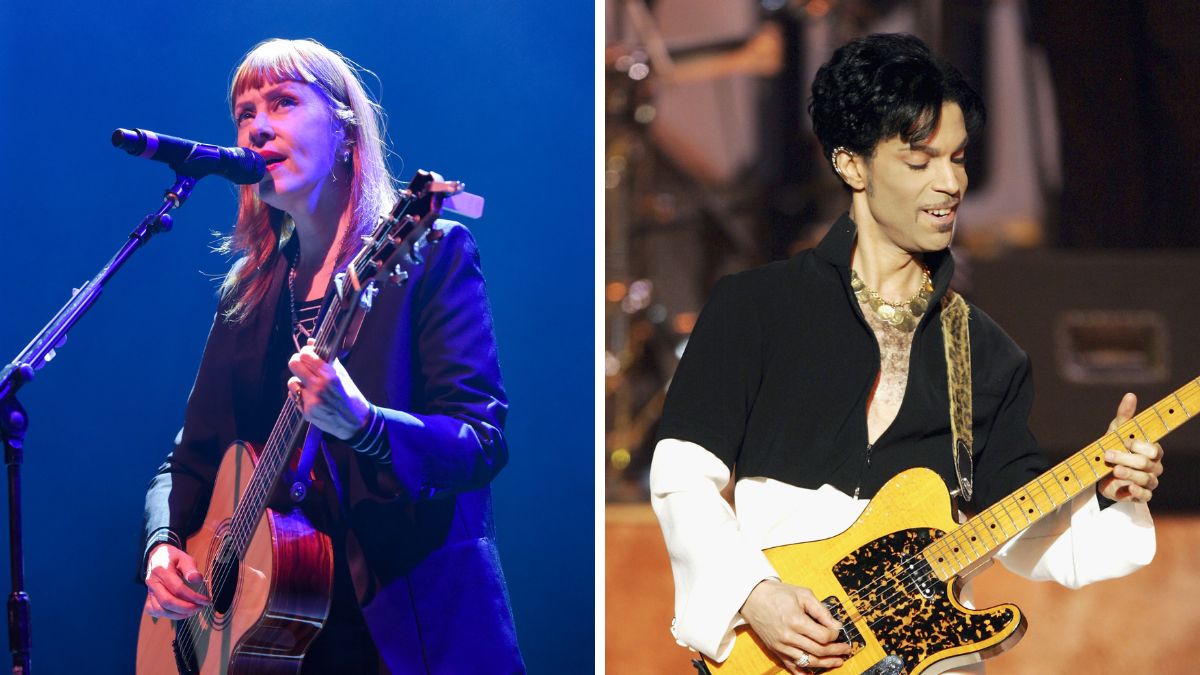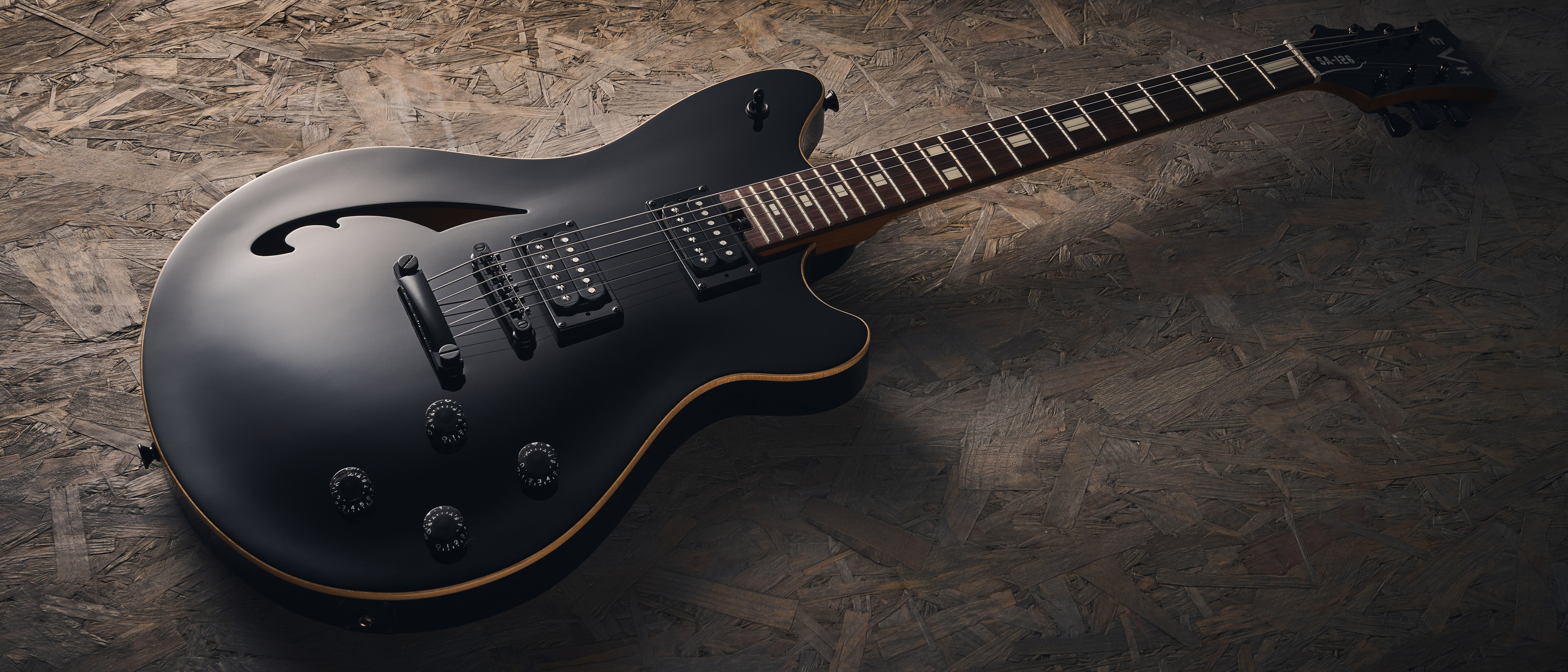Used Gibsons hold their value better than Fenders on the second-hand market – but there’s good news for Player Tele and Strat owners
A new study compares new asking prices to Reverb used sales figures for the top 40 best-selling guitars in the US
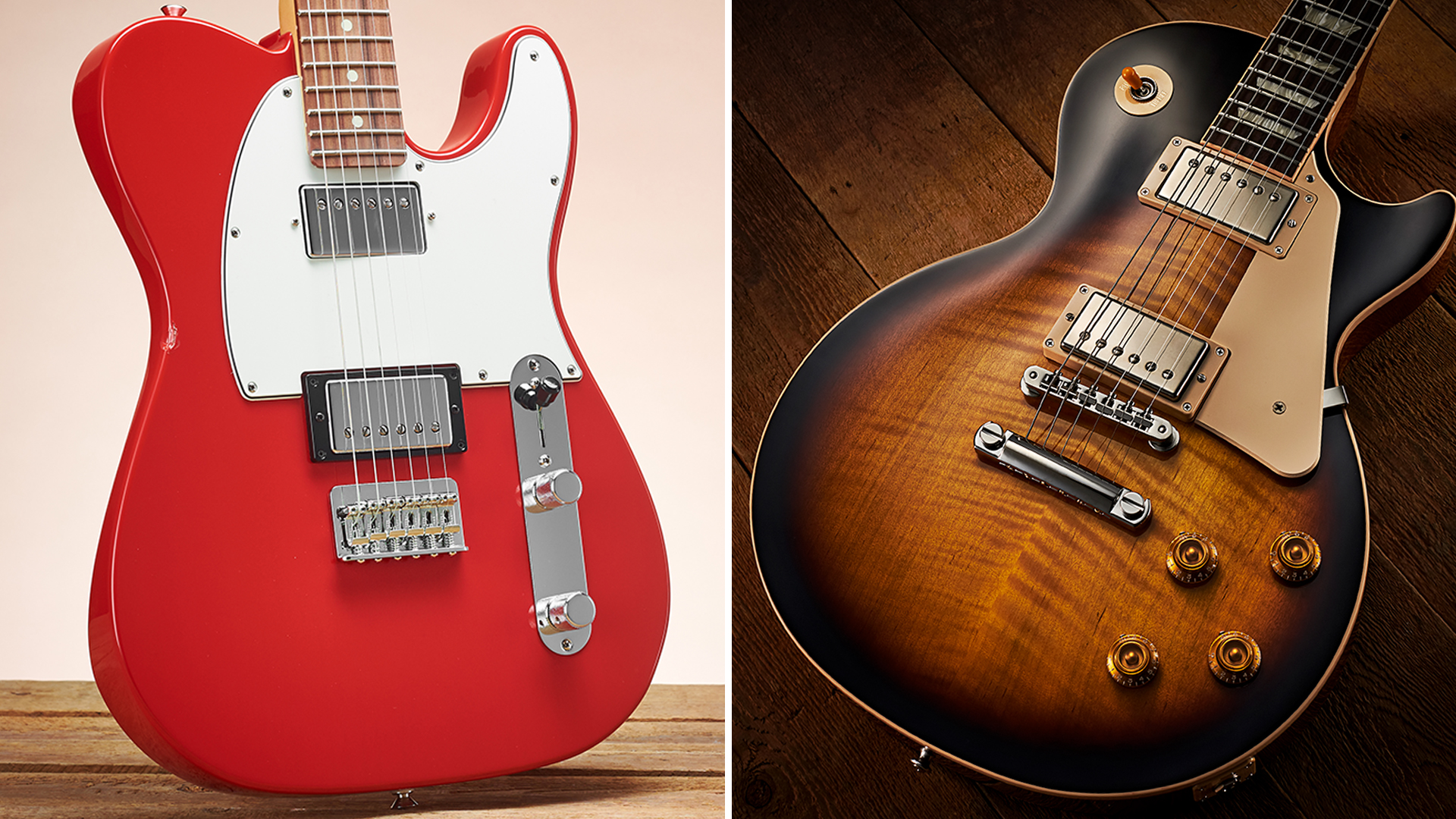
New research has confirmed what many guitar buyers have likely suspected for some time: Gibsons (just about) have the edge over Fender models when it comes to holding their value on the used market.
The study, conducted by German studio Wood and Fire, takes Reverb’s list of the US’ top 40 best-selling guitars and compares the average used sale prices for each entrant to new equivalents (using benchmark prices from Sweetwater, Guitar Center and European retailer Thomann).
When it comes to the big brands, Gibson is reported to hold its value the best, averaging a depreciation of 32.42%, compared to an average of 36% for the Fender models on the list.
Gibson has long nurtured its reputation as a premium brand and it seems like that perception is holding in the used market to some extent, too.
While there’s not much between the two guitar giants, the difference is likely because Fender has a larger market share and, with nine models to Gibson’s six in the top 40 – and roughly twice the amount of used models available on Reverb – there is a much greater supply of used Fender instruments.
If you reduce it to the biggest hitters, then Fender fares better. Indeed, looking at the top 10 best-selling models, it’s the Fender Player Tele and Strat that hold their value best, depreciating at 31% and 32%, respectively.
Notably, the Tele seems to pip the Strat in the American Professional II line, too.
Get The Pick Newsletter
All the latest guitar news, interviews, lessons, reviews, deals and more, direct to your inbox!
“Overall, the Telecaster tends to hold its value a bit better than the Stratocaster of the same series,” observes Eloy Caudet, of Wood and Fire. “Which is probably due to the greater availability of Stratocasters on the used market.”
So is a guitar with a lower depreciation figure a better investment? Well, not necessarily.
For instance, a Gibson Les Paul Standard '50s might face a lower level of depreciation compared to a Fender American Professional II Telecaster (34% compared to 38%) but the absolute value lost is a fair bit higher because of its initial sale price ($1,019 compared to $722).
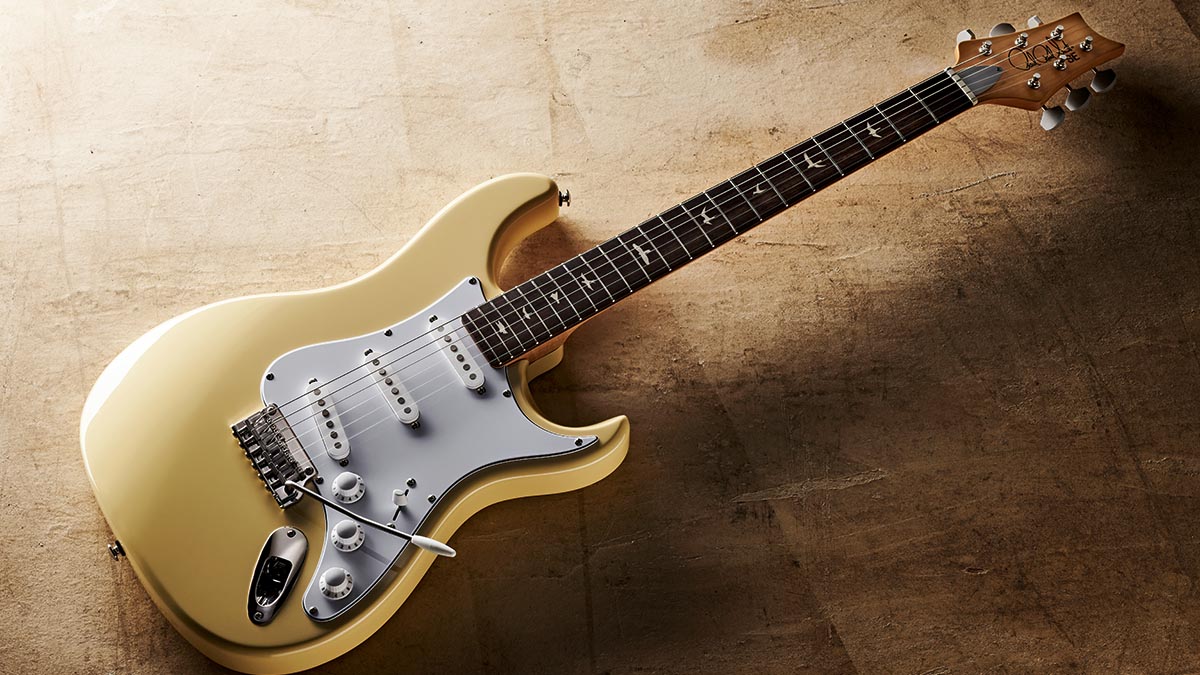
Elsewhere in the top 10 sellers list, the PRS SE Silver Sky faced an average depreciation of 37% from its $849 retail price tag (a little less than its PRS sibling, at 38%), while ESP’s LTD Deluxe EC-1000 depreciated by an average of 40%.
Of course, by its nature, the list of best-selling guitars has an upper limit on price point, too – with the priciest offering being the $3,100 Gibson Slash Les Paul Standard.
Looking at the big ticket, vintage items (many of which have seen such significant price rises in recent decades that they make such list prices look like pocket change) would likely tell a very different story.
At the lower end of the market, meanwhile, it is likely that depreciation levels are exceptionally high right now.
As we pointed out in our recent piece on guitar prices, the used market has not been as exposed to the supply chain issues (and subsequent rising prices) that have directly affected manufacturers, meaning prices have been slower to rise on the used side.
At the same time, players have found their budgets stretched and many have been forced to sell gear, resulting in something of a flooded used market around the price points and items represented in the bestsellers list – sending prices lower as sellers compete.
For all of the above reasons, it’s hard to draw hard and fast conclusions from the study – and that's before we get into variables, such as finish and hardware options – but it does offer an interesting sketch of the used market and the perceptions around brand value.
To explore the full list, head to Wood and Fire Studio.

Matt is Deputy Editor for GuitarWorld.com. Before that he spent 10 years as a freelance music journalist, interviewing artists for the likes of Total Guitar, Guitarist, Guitar World, MusicRadar, NME.com, DJ Mag and Electronic Sound. In 2020, he launched CreativeMoney.co.uk, which aims to share the ideas that make creative lifestyles more sustainable. He plays guitar, but should not be allowed near your delay pedals.
I bought the cheapest bass Fender makes from Amazon and it genuinely surprised me: Squier Debut Series Precision Bass review
“A huge Achilles heel with the non-traditionals”: What’s the hardest part about designing a fresh guitar? According to Novo Guitars, it’s probably not one you’d expect


